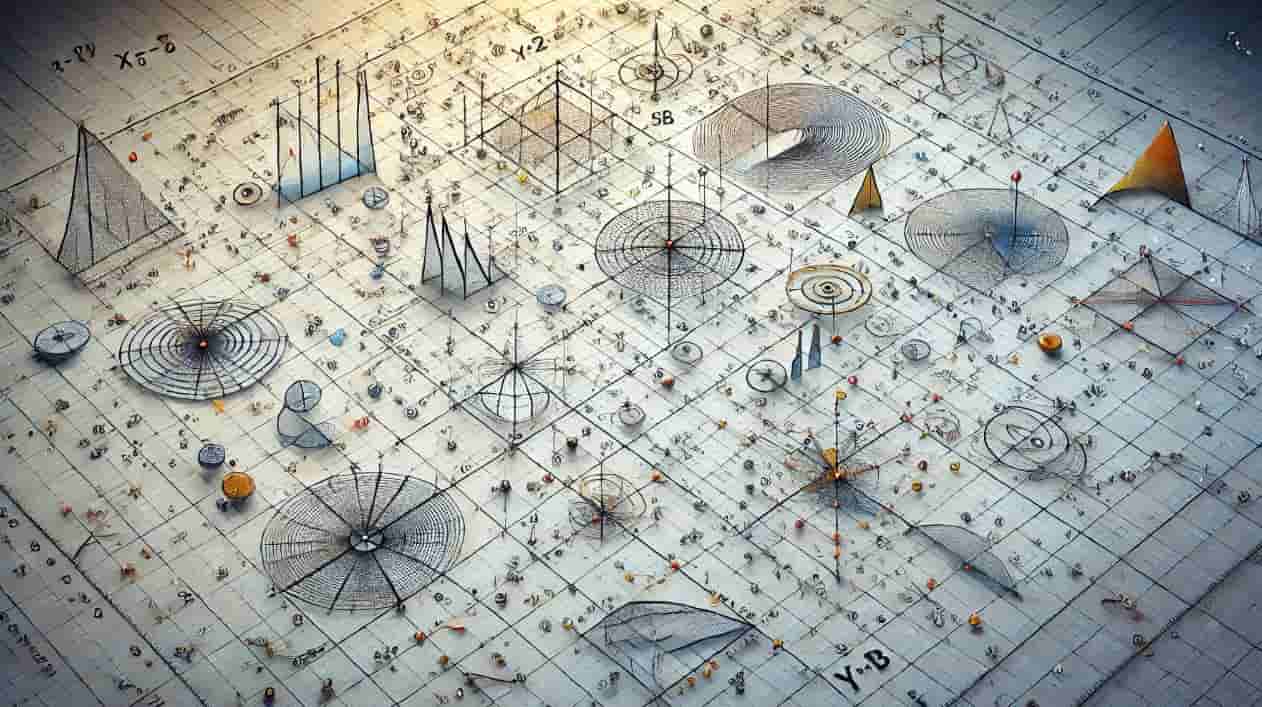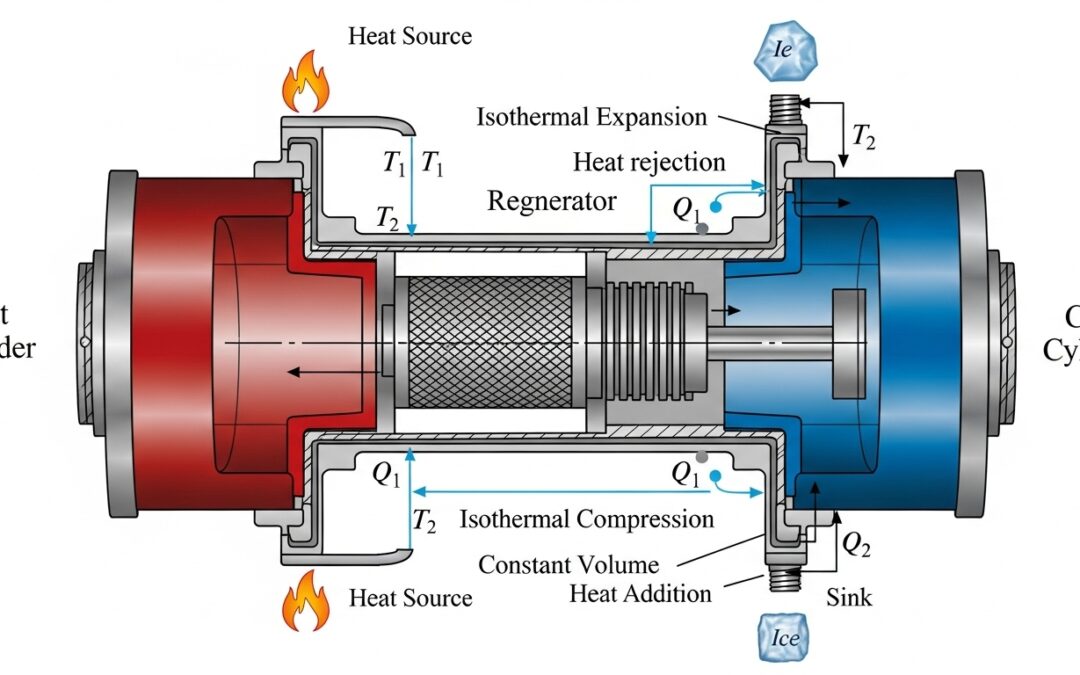The Fabric of Illusion: A Scientific Inquiry into Simulated Realities
Explore the profound scientific and mathematical principles underpinning the concept of simulated reality, from computational models to the neuroscience of perception, inspired by ‘The Matrix’.





0 Comments